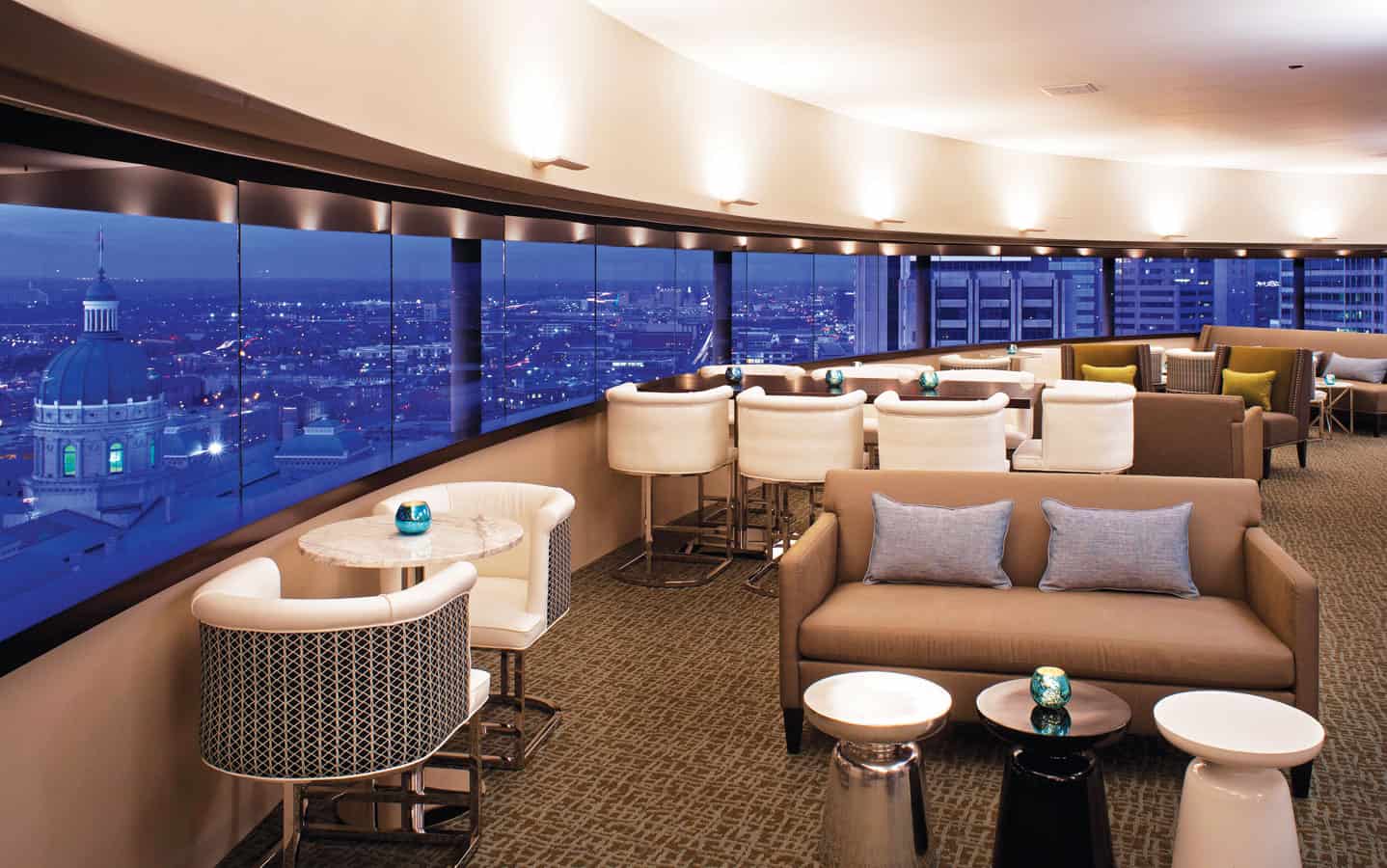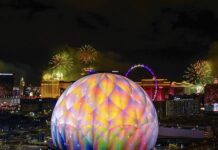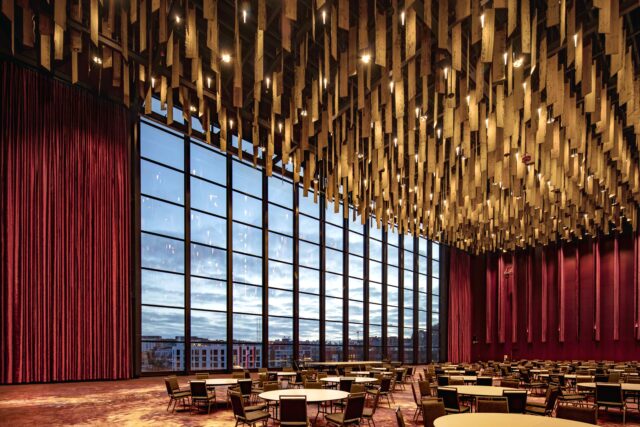 If it hasn’t happened already, requests for event sustainability metrics may soon be the norm.
If it hasn’t happened already, requests for event sustainability metrics may soon be the norm.
A recent report by the Green Meeting Industry Council found increased interest in and oftentimes expectation for sustainable meetings from the suppliers and buyers surveyed. As the following cities will attest, even when it comes to green meetings and event sustainability, the devil is in the details.
Indianapolis
Six major convention hotels in Indy have partnered to significantly reduce their CO2 carbon footprint by 20 million pounds annually—and all are connected to the Indiana Convention Center & Lucas Oil Stadium. A percentage of electricity at the JW Marriott Indianapolis, Indianapolis Marriott Downtown, Westin Indianapolis, Hyatt Regency Indianapolis, Omni Severin Hotel and Crowne Plaza Union Station will now be generated by wind. This is in addition to having the nation’s first LEED-certified airport, a number of green building initiatives (the Indianapolis Motor Speedway is home to the largest sports venue-based solar farm in the world), and, the latest news, the new $63 million Cultural Trail, adjacent to the convention center, that connects attendees to restaurants, shopping, attractions and miles of bike paths should they want to explore.
“Indy has established itself as one of the greenest tourism and convention destinations in America,” explains Leonard Hoops, president and CEO of Visit Indy. “From our walkable downtown, which minimizes the need for carbon producing transportation, to our electric car sharing service and environmentally friendly hotels, Indy is a great choice for groups that believe in reducing their carbon footprint.”
Daren Kingi, Visit Indy’s senior VP of sales, says that increasing sustainability options boils down to supporting a value-oriented economy, or one that aligns more easily with the values of visiting groups. Mindfulness on everything from “food sourcing, transportation options, recycling, and what happens to on-site signage, registration bags and all of the other promotional material attendees collect throughout the event can make a big impact.”
Las Vegas
Among Las Vegas’ neon-lit skyline are a plethora of eco-friendly options for groups—organic dining and sprawling green spaces to dine in to LEED venues. The Smith Center is the largest performing arts facility of its size to have LEED Gold certification. The 2,050-seat Reynolds Hall is the largest indoor venue here, and the Courtyard and nearly two-acre Symphony Park with views of downtown Las Vegas are primed for cocktail receptions and outdoor concerts that require the “wow” factor.
The 180-acre Springs Preserve is a true oasis in the desert, offering botanical gardens, a museum and nature trail to attendees, as well as classes on sustainable gardening, horticulture and nature—all in LEED Platinum-certified environments. A highlight here is meeting amid the gardens, and groups can do so in outdoor state-of-the-art amphitheaters, the largest holding room for 1,500, and tucked away outdoor plazas and terraces. The outdoor Boomtown 1909 streetscape is a surprising venue that tells the tales of early 20th century Vegas to up to 600.
MGM International Resorts is also doing its part to promote sustainability; its Vdara Hotel & Spa, Aria Resort & Casino and the new T-Mobile Arena are all LEED Gold-certified, while solar arrays on the Mandalay Bay Resort and Casino’s convention center are capable of generating around 20 percent of the resort’s electricity during peak production. An on-site greenhouse supports 100 percent sustainable menus, including biodynamic champagne and wines, but it’s the behind the scenes “greening” (from the recycling of plants, shrubs and trees to built-in sustainability for meetings and conventions) that is truly really impressive.










